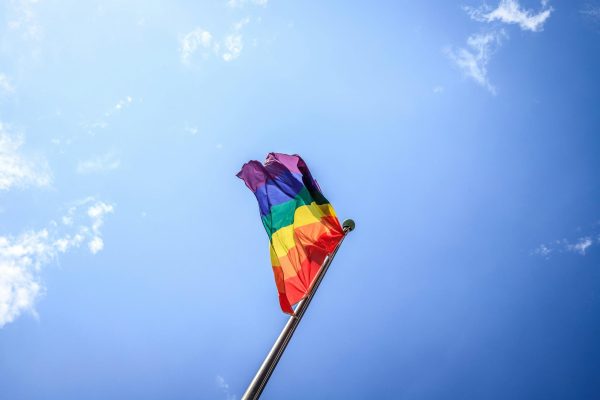Talking About Lunar New Year
What Lunar New Year is and how people celebrate the holiday here in EL as compared to other countries
Firecrackers streak into the sky scaring away malicious spirits, protecting the new year from bad fortune. Bright tones of red and orange roar through the night as people dressed in fiery colors dance in the streets signifying good luck for the new age.
These practices are demonstrated during Lunar New Year celebrated by many throughout the world, such as in North Korea, South Korea, Indonesia, Malaysia, Singapore, the Philippines, Brunei, and Vietnam. Although, festivities differ depending on the location.
Every year, the celebration begins on a different day determined by the Lunar calendar, usually falling between the end of January and the beginning of February and signifies the coming of spring. This year, the start of the 15-day celebration begins on Jan. 22. It is the year of the water rabbit in 2023.
The water rabbit represents longevity, peace, and posterity in the culture, and predicts 2023 to be a year of hope, as opposed to the other 12 Chinese zodiacs which all represent different predictions for the year to come.
“In China, we call it the Spring Festival. We celebrate the beginning of the year just like Americans do,” sophomore Janelle Fan said.
Senior Rose Zhou joined the conversation and mentioned the lack of break for students who celebrate the holiday. “Kids in China have a break but here in America they don’t, including working parents.” This can make the celebration complicated due to the large family focus the holiday has.
Fan’s mother adds furthermore that the families usually try to come together, “but since many of us have extended family living in Asia, it’s usually only our family compared to everyone together.”
Families in China have a two-week break where parents and children halt their work and school to spend time with each other to celebrate the new year and the arrival of spring. When the families get together, meals are served either the night before or the day of new years.
At these meals, food is served with many symbolic messages, such as dumplings which represent good fortune and money, oranges that bring good luck, and noodles that represent living a long life. On Lunar New Year’s Eve, firecrackers are lit and are used to scare away bad luck. In the traditional Chinese story, there was a monster who
would come to people’s homes and the only way to get rid of it was to wear and paint everything red due to its fear of the color. The firecrackers scare it away and thus the New Year traditions were brought about.
Here in Connecticut, few festivals are held, but most children and families take the time within their own communities and families to celebrate. This year at ELHS, the Cultural Awareness Club is bringing the traditions to the school through decorations and spreading awareness about the holiday.
Your donation will support the student journalists of East Lyme High School. Your contribution will allow us to purchase equipment and cover our annual website hosting costs.
